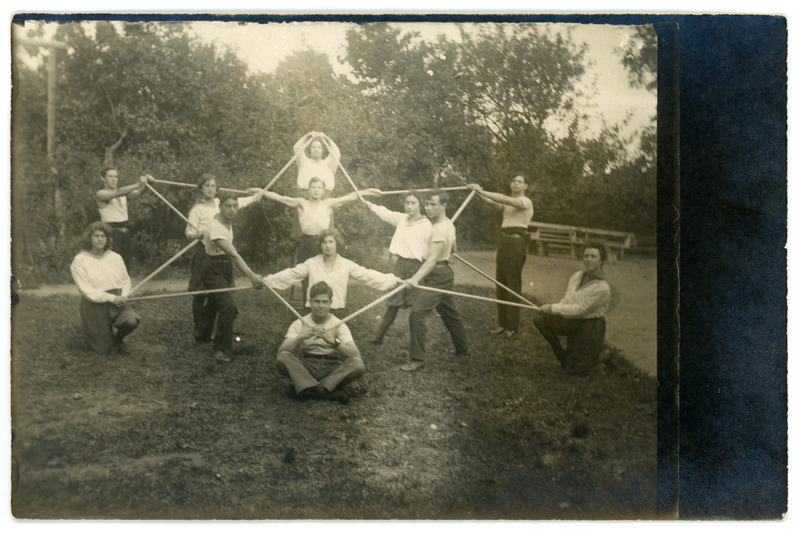
Maarjamäe loss
Inclusion or Isolation? Multi-ethnic Estonia
10.4.2024 - 2.3.2025
In the history of Europe, different languages, peoples and religions have always existed side by side and in close contact with one another. During the mid-19th century, various questions about the relations between the nationalities within them became burning issues in Europe's large multinational empires. One of the principal issues was how to govern a multilingual empire.
In the aftermath of World War I, the political map of Europe changed beyond recognition. Empires were replaced by small nation states. Yet, in reality, all of these were multi-ethnic, too. After all, it was impossible to draw state borders around each individual nationality.
Every nationality has its own story, which often rests on contrasts with another nationality, recognising its needs and laying claim to its rights to historical territories. However, the majority nationalities’ pursuit of self-determination in these new states often meant ignoring the interests and rights of minorities.
One possible solution to this problem that was proposed in the newly formed nation states was the idea of cultural autonomy. At the core of this concept was the principle that the various nationalities living in the state should be able to govern their own cultural and educational lives, while wider political issues should be resolved jointly by all of the nationalities that make up the state.
The Law on Cultural Self-Government for National Minorities, adopted by the Estonian parliament in 1925 and in force until the Soviet occupation that began in the summer of 1940, operated on a similar principle – the right of a national minority to govern its own cultural life.
This exhibition, presented one hundred years after the adoption of this law, invites you to think about the multi-ethnic history of Estonia, the organisation of diverse societies and the rights of minorities.
Exhibition team:
Curators: Timo Aava (The Hebrew University of Jerusalem) and Krista Sarv (Estonian History Museum)
Architectural design: Malle Jürgenson and Krista Lepland (OÜ Laika, Belka & Strelka)
Graphic design: Kätlin Tischler-Süld
Estonian language editing: Hille Saluäär
Interactive solutions: OÜ Bonamore
Project manager: Marje Jürgenson
Many thanks to Cultural Endowment of Estonia
In the aftermath of World War I, the political map of Europe changed beyond recognition. Empires were replaced by small nation states. Yet, in reality, all of these were multi-ethnic, too. After all, it was impossible to draw state borders around each individual nationality.
Every nationality has its own story, which often rests on contrasts with another nationality, recognising its needs and laying claim to its rights to historical territories. However, the majority nationalities’ pursuit of self-determination in these new states often meant ignoring the interests and rights of minorities.
One possible solution to this problem that was proposed in the newly formed nation states was the idea of cultural autonomy. At the core of this concept was the principle that the various nationalities living in the state should be able to govern their own cultural and educational lives, while wider political issues should be resolved jointly by all of the nationalities that make up the state.
The Law on Cultural Self-Government for National Minorities, adopted by the Estonian parliament in 1925 and in force until the Soviet occupation that began in the summer of 1940, operated on a similar principle – the right of a national minority to govern its own cultural life.
This exhibition, presented one hundred years after the adoption of this law, invites you to think about the multi-ethnic history of Estonia, the organisation of diverse societies and the rights of minorities.
Exhibition team:
Curators: Timo Aava (The Hebrew University of Jerusalem) and Krista Sarv (Estonian History Museum)
Architectural design: Malle Jürgenson and Krista Lepland (OÜ Laika, Belka & Strelka)
Graphic design: Kätlin Tischler-Süld
Estonian language editing: Hille Saluäär
Interactive solutions: OÜ Bonamore
Project manager: Marje Jürgenson
Many thanks to Cultural Endowment of Estonia